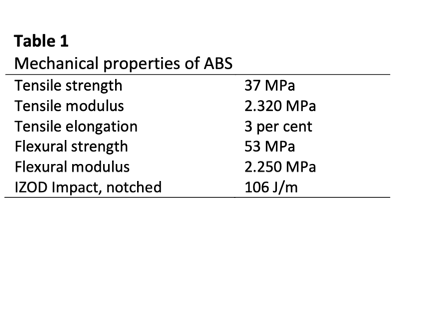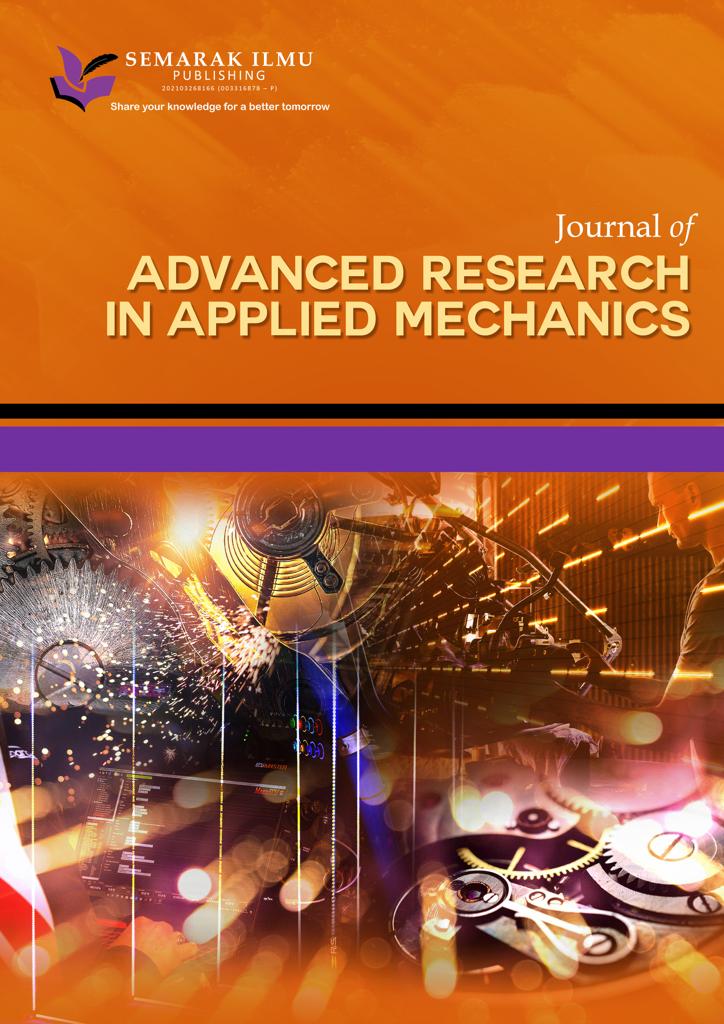Effect of Acetone Vapor on Mechanical Properties of Fused Deposition Modeling Printed Part
Keywords:
Additive Manufacturing (AM), 3D Printing, Fused Deposition Modeling (FDM)Abstract
Additive manufacturing (AM) has the benefit being capable to create very complex geometries, which could be impossible with traditional methods or fabricated at a high cost. For material cost properties, the cost of AM parts is mostly related to the size of the product. The project used polymer-based material specifically acrylonitrile butadiene styrene (ABS). However, the FDM technique suffers from poor surface roughness, restricting it application on some areas requiring high surface integrity. Therefore, a post processing is required to improve the surface roughness of the FDM printed part. In this study, an acetone vapor post process employed to improve the surface roughness of the part but the scope of the study will focus on the effect of mechanical properties of the printed part. Mechanical anisotropy behaviour of the specimen investigated via tensile test, flexure test and surface finish. The results of an implementation of acetone vapor as post processing of FDM printed part are compared to the original printed part in term of its mechanical properties.
Downloads























